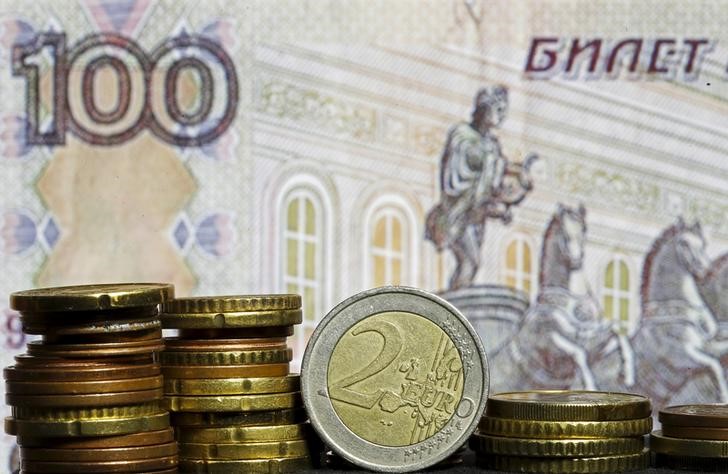(Bloomberg) -- Russia’s central bank paused its monetary easing cycle after a surprise inflation uptick, but said that a rate cut was possible at one of its next meetings.
The benchmark interest rate remains at 4.25%, the central bank said in a statement on Friday, in line with expectations. Only four out of 42 analysts forecast a rate reduction, the rest saw no change, according to a Bloomberg survey. Governor Elvira Nabiullina will hold a news conference at 3 p.m. Moscow time.
While a weak ruble and increased demand have lifted the pace of price growth, the central bank said it sees the potential for economic recovery slowing with time. “If the situation develops in line with the baseline forecast, the Bank of Russia will consider the necessity of further key rate reduction at its upcoming meetings,” the regulator said in its statement.
The Bank of Russia joined other emerging economies in slowing down its monetary easing, as peers such as Brazil and South Africa kept rates unchanged this week. Russia’s economy is recovering faster than initially expected from the impact of measures to combat the coronavirus epidemic, and inflation continues to accelerate.
Key Insights:
- Expectations for the central bank’s decision shifted to no change after Deputy Governor Alexey Zabotkin said last week that policy makers will weigh whether they should use the remaining easing space at all.
- Annual inflation accelerated to 3.6% in August from 3.4% in the previous month, still below the central bank’s 4% target. Economists had forecast 3.5%.
- The ruble lost more than 5% this quarter, one of the worst performers among its peers, on concerns of new sanctions over the poisoning of opposition leader Alexey Navalny and Russia’s support for Belarus’s embattled president. The coming U.S. election means tensions are unlikely to ease soon.
- Russia’s local bonds have handed investors the worst returns apart from Turkey so far this quarter. The share of local notes held by foreigners has fallen to the lowest in almost a year.
- Forward-rate agreements show that traders are expecting no more easing in the next three months.
